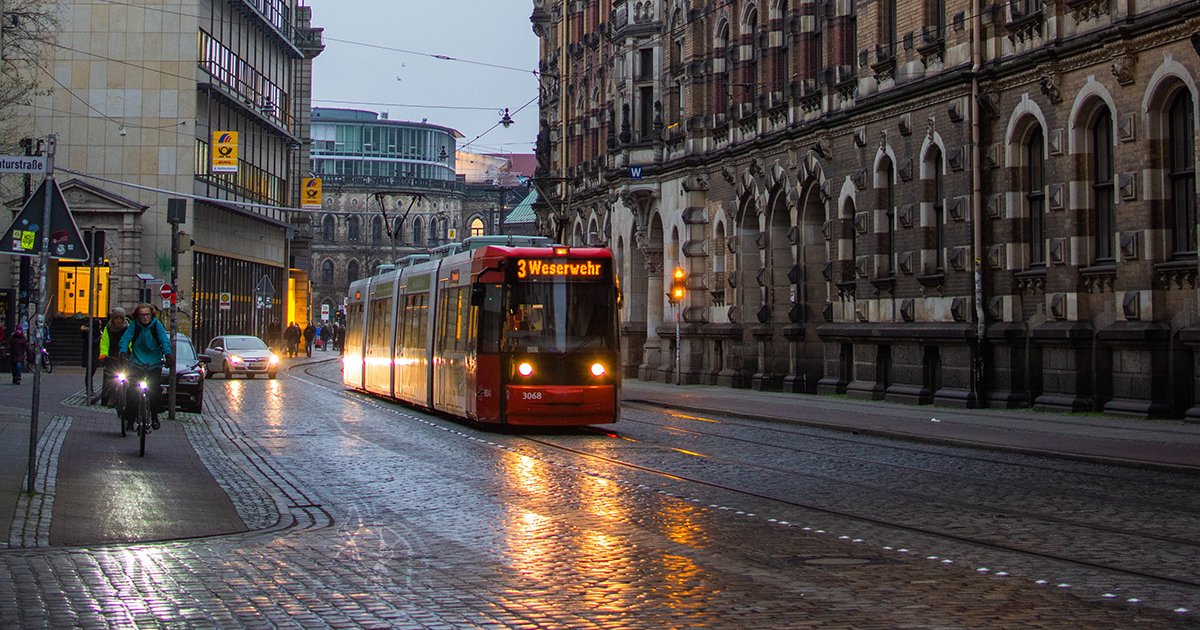People have been buying more cars and booking more flights as vaccination rates pick up — albeit extremely unequally — worldwide. It seems that the urge to travel can only be suppressed for so long, pandemic or not.
But whether it’s wanderlust or simply the economic and social pressures of modern life, humanity’s urge to travel is bumping up against the ecological limits of planet Earth.
The International Energy Agency reports that 24% of all greenhouse gas emissions comes from the transportation sector, with three-quarters of those emissions coming from road vehicles. Some forms of travel, such as cruise ships, leave devastating amounts of pollution in their wake. Then there’s all the infrastructure and services designed with travelers in mind — highways, office buildings, tourist destinations, and shopping malls — that generate further climate impacts.
Humans have to radically reduce greenhouse gas emissions to avoid catastrophic environmental consequences. As a result, many environmental advocates and scientists are calling for less global travel overall, at least until varieties that don’t harm the planet can be widely deployed.
But there’s a sleepwalking quality to the global economy; even as the warning signs of climate catastrophe flash ever brighter — heat waves and wildfires, mega storms and ocean acidification — investments in fossil fuels and fossil fuel-burning technology keep growing.
Until countries take meaningful action to overhaul the entire global economy, it’s up to everyone to reassess their own travel decisions as part of a collective effort to protect the planet.
Here are six ways you can reduce emissions from travel in your life.
1. Advocate for more investment in public transportation.

Public transportation is the most environmentally friendly way to travel long distances in short periods of time. But governments around the world chronically under-fund mass transit options, forcing people to get cars. You can call on your local politicians to allocate more resources to buses, trains, and trolleys and increase the number of mass transit vehicles available. You also join local groups organizing to improve these options.
2. Pedestrians, take back your cities!
Most cities dedicate more space to car lanes, street parking, and parking garages than sidewalks. Even though pedestrians far outnumber drivers in most urban environments, cars dominate the physical landscape. The result? Heavy air pollution, hotter temperatures, and countless fatalities and injuries.
The COVID-19 pandemic allowed pedestrians to reclaim some of this space in many cities, providing a glimpse of what a car-free future might look like. It’s time for pedestrians to go even further, reclaiming entire city blocks by calling for traffic lanes to be used as walkways and plazas, demanding that asphalt be replaced with green parks, and joining the effort to phase out cars.
3. Take buses, trains, and trolleys.

Switching from a personal car to public transit can significantly reduce carbon emissions. In fact, a 20-mile commuting trip by car generates 48,000 more pounds of carbon dioxide annually than mass transit, according to the Kansas City Area Transportation Authority (KCATA).
In the US alone, mass transit saves 37 million metric tons of CO2, which is the equivalent energy consumption of 4.9 million US households, KCATA reports.
Unfortunately, ride-sharing apps have actually been found to increase emissions, so stick with mass transit unless the app you’re ordering a cab from prioritizes electric vehicles.
4. Limit your flights and offset the rest.
Most people want to explore new places around the world and there’s no easier way to do that than hopping on a flight. But ascending tens of thousands of feet into the air at thousands of miles an hour burns extraordinary amounts of jet fuel.
There’s no better way to reduce your carbon footprint than by taking fewer flights — so try to limit yourself to one round-trip flight a year. If you have to fly more than that, buy carbon offsets that pay for ecologically regenerative projects such as planting forests and restoring wetlands.
5. Get a bike!

You can shave two-thirds of the emissions associated with commuting to work by getting a bike. You’ll also be exercising, which can help your body relieve stress after a day at work. If more people biked in cities, then air quality would also dramatically improve.
6. Buy that electric car.
It’s not cheap to buy or rent a car, but if you have the means and you’re in the market, opt for an electric model. Research has shown that electric vehicles generate three times less emissions over their lifetime than traditional cars, and in countries that get their electricity from renewable sources, their impact is even lower.
You can join the Global Citizen Live campaign to defeat poverty and defend the planet by taking action here, and become part of a movement powered by citizens around the world who are taking action together with governments, corporations, and philanthropists to make change.
